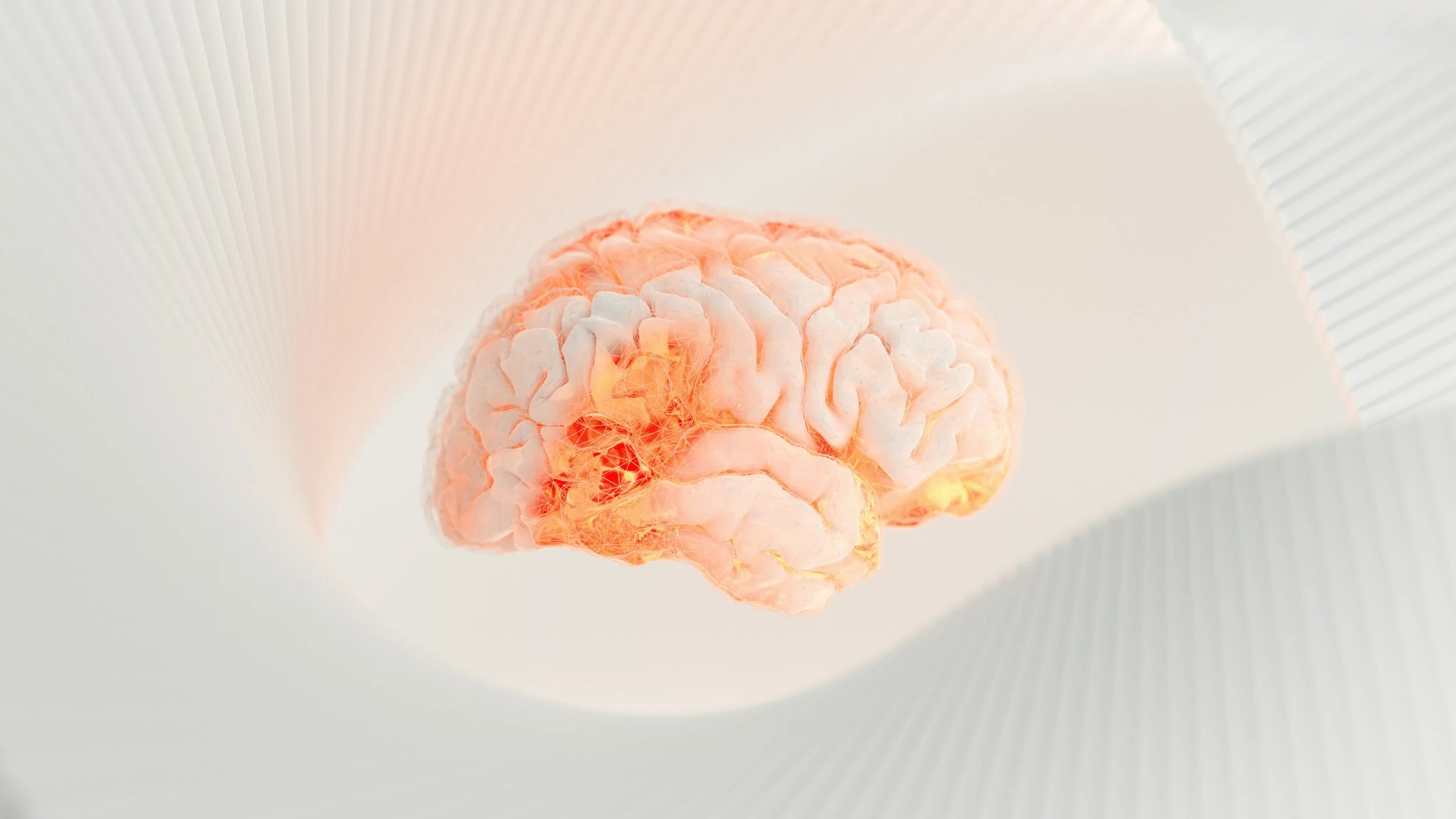Migraines
Understanding Migraines
Migraines are severe headaches often accompanied by nausea, sensitivity to light and sound, and sometimes preceded by an aura. This complex condition affects millions worldwide. Although there are many studies and theories on the triggers for migraines, there is a definite absence of long-term successful treatment, as attested by many people suffering with them regularly.
Many forms of chronic pain are extremely unpleasant, but few can have such a randomly debilitating effect as migraines. Sufferers of migraines often face uncertainty about when an attack might strike, making normal activities such as driving, working, or looking after young children seem impossible.
Understanding Neuroplastic Pain
‘Neuroplastic Pain’ is pain that has been ‘learned by the nervous system’. Recent research and clinical trials have shed light on the nervous system’s role in cases of chronic pain and challenged many established beliefs about the causes of conditions such as migraines.
We have learned that, when dysregulated for prolonged periods of time, the nervous system begins to alert us to our need to address our stress level and levels of dysregulation. These alerts generally start as subtle sensations that can be easily ignored or suppressed, but eventually grow to become symptoms such as migraines that simply cannot be ignored.
Pain is the way that our nervous system lets us know that we are in danger. When we consciously know that a situation is safe, the pain decreases. An example of this is when you bang your head unexpectedly, experience a sharp spike of pain, then realise that you are okay, and the sensation decreases rapidly. Conversely, when we consciously believe that a situation is dangerous we become more sensitised to uncomfortable sensations as our nervous system is put on ‘high alert’, an example of this could be the nausea experienced before performing in front of a big crowd, or taking an important examination.
When we respond to neuroplastic pain as if it were dangerous, we unwittingly inform our nervous system that it is dangerous. This makes the sensations more intense and is the basis of a feedback loop that forms the foundation of chronic symptoms.
Unfortunately, conditions such as migraines (and lower back pain, fibromyalgia, IBS, etc.) are treated as ‘structural’ conditions, meaning that it is assumed that there is something wrong with the body. This diagnosis exacerbates the dysregulation of the nervous system and reinforces the feedback loop, causing the symptoms to worsen over time.
The Path to Recovery
Pain Reprocessing Therapy (PRT) can help treat migraines effectively through:
Education: Understanding the neuroplastic nature of migraine symptoms.
Reappraisal: Reducing fear and anxiety about migraines.
Mindfulness and Relaxation Techniques: Calming the nervous system.
Cognitive Behavioral Techniques: Changing negative thoughts about migraines.
Gradual Exposure: Becoming progressively more comfortable with certain sensations that would previously have triggered a defensive response.
WHAT MY CLIENTS ARE SAYING“I had been struggling for many years. The PRT sessions I had were deeply transformative. Joseph holds an incredibly safe, authentic, caring, and kind space. The speed of transformation has been incredible.”
- Cilla
Book a free call
Book a free initial 20 minute consultation to see how I can best support you.





